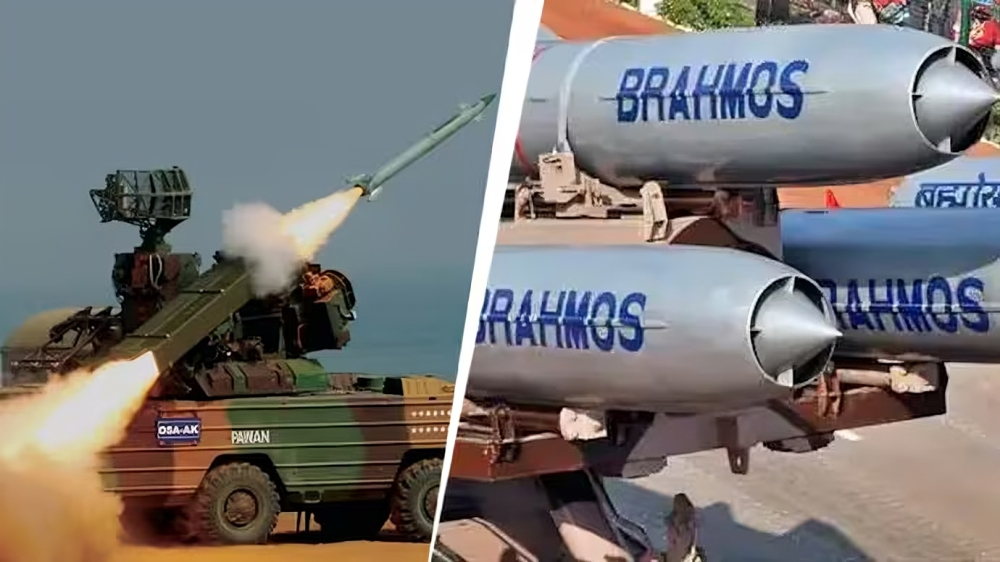Operation Sindoor, launched on May 7, 2025, as a direct response to the April 22 terror attack in Pahalgam that claimed 26 lives, marked a defining moment in India’s use of indigenous defence technology for both offence and defence.
DRDO chairman Samir Kamat confirmed that the BrahMos supersonic cruise missile was the Indian Armed Forces’ primary strike weapon during the operation, with most launches carried out from Sukhoi Su-30MKI aircraft. These precision strikes targeted terror infrastructure and Pakistani airbases, demonstrating India’s capacity for rapid, accurate, and powerful retaliation.
The IAF also deployed Rafale jets armed with SCALP missiles and AASM Hammer bombs, while loitering munitions, M982 Excalibur precision artillery shells, and long-range systems provided additional firepower. Experts noted that BrahMos, with speeds approaching Mach 3 and high versatility across platforms, outperformed enemy air defences, including systems considered more advanced than those in China.
On the defensive front, the indigenous Akashteer system, developed by Bharat Heavy Electricals Limited (BHEL), formed the backbone of India’s air defence. This mobile, automated command-and-control network integrated data from multiple sensors across the Army and Air Force, providing early warning, target tracking, and automated engagement against threats.
During Pakistan’s counter-strikes, Akashteer intercepted and neutralised every incoming drone—kamikaze, reconnaissance, and loitering—achieving a reported 100% success rate. The system also worked seamlessly with other defences like the Medium-Range Surface-to-Air Missile (MRSAM), reducing reaction time and preventing friendly fire incidents.
Prime Minister Narendra Modi hailed the operation as a testament to Atmanirbhar Bharat, highlighting the synergy between domestically developed offensive systems like BrahMos and AI-driven defensive shields like Akashteer. Military leaders called the campaign “a game of chess with political clarity,” balancing decisive retaliation with restraint to avoid civilian casualties.
Operation Sindoor not only neutralised immediate threats but also strengthened India’s strategic deterrence, defence diplomacy, and reputation for technological self-reliance. The campaign underscored the success of Indo-Russian collaboration on BrahMos and positioned India’s defence R&D sector as a key pillar of national security.
By combining cutting-edge precision strikes with an impenetrable air defence shield, India demonstrated its ability to deliver a politically calibrated, operationally decisive military response to terrorism—setting a new benchmark for future conflicts.













